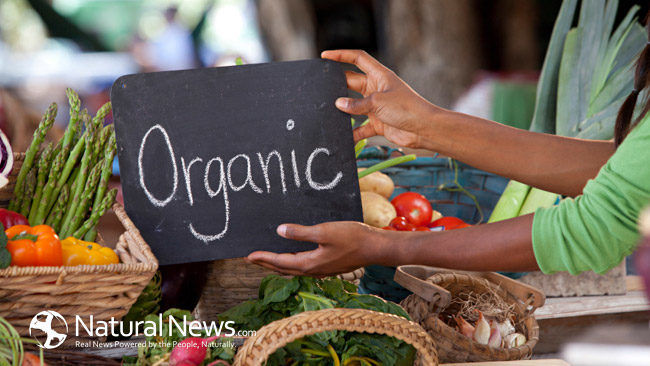Over 2,000 years ago, the Greek physician Hippocrates said: “Let food be thy medicine and medicine be thy food.”
All who strive to eat for health know what this means: Among other things, consume more vegetables, especially green leafies and cruciferous ones like broccoli. But how do we make up for the fact that over the years, the nutritional value of vegetables and fruits has gone down significantly? How can we get what we need in the form of phytonutrients, minerals, and cancer-preventative substances in a world where even produce labeled “organic” just isn’t what it used to be?
Fifty Years of Bad Agricultural Practices
A comprehensive report published by the University of Texas in The Journal of the American College of Nutrition evaluated U.S. Department of Agriculture data for 43 different vegetables and fruits. They found that all of these produce items experienced “reliable declines” in protein, calcium, phosphorus, iron, vitamin B2, and vitamin C between the years 1950 and 1999.
The U of T researchers concluded that the reason for the decline had to do with “the preponderance of agricultural practices” which were (and still are) designed to improve characteristics such as size, length of time it takes to grow and resistance to pests but not nutritional value.
Get Thee to a Farmers’ Market!
Apart from monitoring our own soil and growing our own veggies, there isn’t much a single person or family can do about the overall state of the soil today. We can make a difference with our consumer dollars, however, while at the same time obtaining the most nutritious veggies out there and supporting our local economy.
Studies have shown that there is a big difference in nutritional value between produce that is grown commercially, picked before it has ripened, and shipped long-distances versus produce that is allowed to grow for as long as possible on the vine, tree or in the ground, then shipped just a short distance.
Although some health food stores strive to work with local farmers to bring in fresh regional produce, the “best nutritional bang for your buck” may be found at your local farmers’ market.
U.S. consumers appear to be catching on to the appeal of farmers’ markets. According to Cornell University, between 1994 and 2006, the number of farmers markets in the U.S. more than doubled. There was an estimated 3 million Americans who shopped at them and roughly 30,000 small farmers and food entrepreneurs who “earn(ed) a partial or full living selling their local produce at farmers’ markets” in 2006. That number is more than likely much larger now.
When shopping for produce at your local farmers’ market, consider these three factors:
- Choose local and heirloom varieties whenever possible. If you shop locally, chances are you are already going to see a big difference in taste as well as nutritional content based on the factors mentioned above. There is also a huge difference in nutrient content between
“regular” varieties of many veggies and region-specific or “heirloom” varieties. A purple/yellow carrot (a common cite at many farmers’ markets across the country) has about 38 milligrams of phytonutrients for each gram of dry weight, compared to an orange carrot, with a mere 2.5 milligrams of phytonutrients. Heirloom seeds are also among some of the last remaining seeds that are still not genetically modified.
- Be sure that what you are purchasing really is organic. At the market, go for the produce stands that have the “Certified Organic” seal on their banners. Talk to the people working at those stands about the farm’s organic practices. Those behind the counter should be able to easily tell you what they are, and many will even invite you to visit their operation. If they are not willing to talk to you, go to another stand! Unfortunately, charlatans exist in the world of organics as well.
- Stick around for a while to enjoy the “scene.” Let’s face it, it’s hard to be in a hurry at a farmers’ market—and that is a very good thing. These weekly events often showcase local music and ready-to-eat items you can snack on while you shop. Educational opportunities and chances to connect with your community abound at weekly farmers’ markets, so be sure to take advantage of the opportunity.
Long before there were supermarkets with their shiny aisles, there were market stands where local farmers would sell their wares. Whenever possible, get yourself and your family to a farmers’ market. Do it for your health’s sake, for your local economy– and also because it is just a lot of fun!





